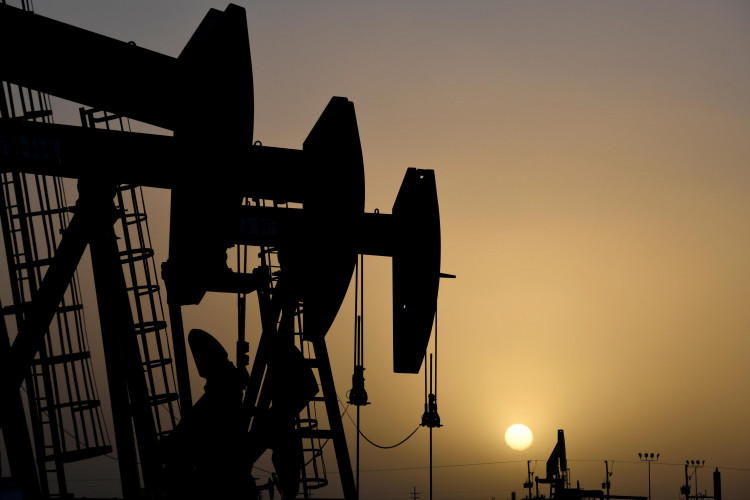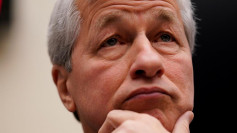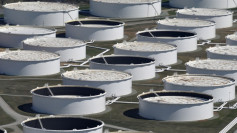Oil prices rose early on Tuesday, heading for a fifth consecutive day of advance in the midst of indications that demand is starting to come back with gradual lockdowns in some U.S. states and major European regions, helping to ease global oil anxiety.
On Tuesday, WTI Crude surged 12.47 per cent to $25.72 a barrel, and Brent Crude rose 10.59 a cent to over $30 a barrel, as several European countries, as well as many U.S. states, tried to cautiously loosen lockdowns earlier this week.
Naeem Aslam, Avatrade's chief research analyst, stated oil prices were increasing as the world returns to its new normal. France, Italy and Spain are among the nations that relax lockdown measures. By mid-March they had faced some of the strictest constraints in the country.
The American Petroleum Institute reported a further high inventory of crude oil on Tuesday, of 8,440 million barrels for the week ending May 1, as market depletion continues and storage space reaches its upper limits.
The API reported a massive increase in crude oil inventories of 9,978 million barrels in the previous week, although the EIA figures for that week were for a slightly smaller building of 9.0 million barrels.
Oil prices were trading up on Tuesday afternoon before the API release of data, as the market is starting to build up hope that OPEC supply cuts that were expected to come into force on May 1 would combine with increased demand for oil on the global front, which Goldman Sachs says has risen by 2.5 million barrels per day from its mid-April low point in 2020.
US President Donald Trump was visibly pleased by the news of oil rebounding, tweeting the return of oil demand. Yet it may not be demand alone that drives higher oil prices.
DNB analyst Helge Andre Martinsen stressed that "we are currently witnessing the acceleration of curtailments of oil production outside the OPEC+ countries." He went on to say that global oil markets' supply side is about to shift quite fast.
Investors and traders are betting that the worst of the loss of oil demand is already behind us, and demand will begin to pick up from the very low April rates. As demand is expected to rise slowly, global supply of oil is expected to drop off in the months ahead.
In May and June, the OPEC+ group pledged supply restrictions of 9.7 million bpd, before reducing the reduction to 7.7 million bpd for the period July to December 2020.






